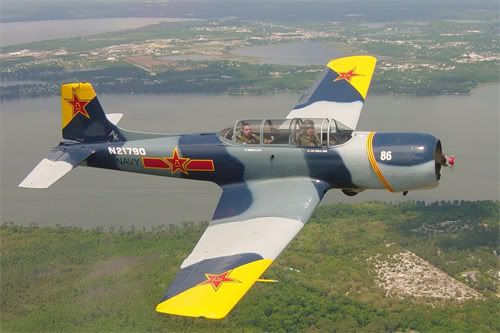The latest and most egregious example was a few days ago. I was teaching a lesson on a Nanchang CJ6 and was stopped at the runup bay. This square paved bay extends past the end of the taxiway turnoff to the button of the runway. Another CJ6 was at the opening of the bay canted at 45 degs so its tail was away from the runway and over the grass. We pulled up parallel beside him further into the bay but had to wait for temps. By this time the other CJ6 had completed his runup and mover to the runway hold short line. About a minute later a Cessna showed up. The airplane taxied directly at me and then made a hard turn swinging his tail by me and adding a lot of power to tighten the turn. He came to a stop exactly 90 degrees to me with his tail pointed directly at me and his tail only about 10 feet from my right wing tip. He then proceeded to do a runup
There is simply no excuse for this all too common problem. Managing your prop wash so as to insure it is not hazarding people/places/other airplanes is Airmanship 101 and should be introduced on LP 1. Students are not born with good airmanship it has to be taught and it is imperative that instructors:
1) Never by their own actions demonstrate poor airmanship, and
2) Always correct poor airmanship practices by their students.
Finally I think that an FTU fixation that runups can only be done if the aircraft is aligned precisely into the wind, may have contributed to what happened to me. The wind on the day in question was about 5 knots. The reality is that the direction of the aircraft for the runup Does Not Matter. A runup conducted Up wind Downwind , Crosswind etc will have no effect on the aircraft. When the wind gets up a bit higher it is desirable to do the runup approximately into the wind. I tell my students "approximately" means the aircraft is aligned within about 45 degrees of the prevailing wind. This helps engine cooling and makes the runup RPM indications steadier. But the bottom line is the aircrafts tail can NEVER be pointed at another aircraft





